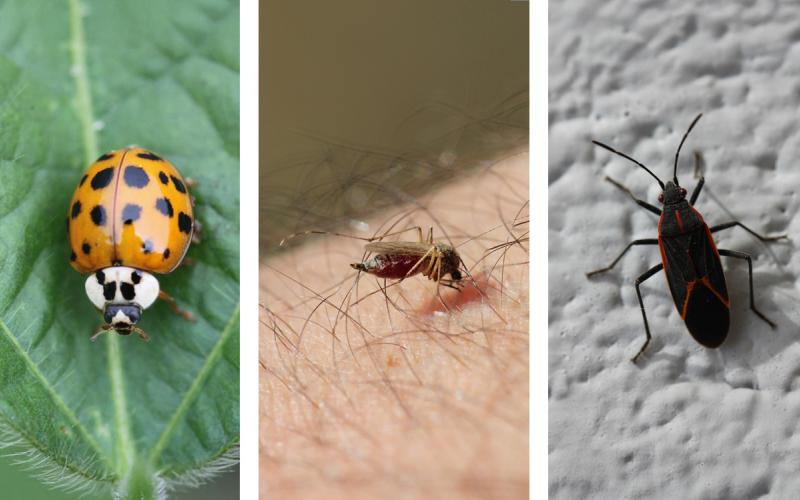
Written collaboratively by Adam Varenhorst, Philip Rozeboom, Patrick Wagner, and Brad McManus.
Based on degree day estimates for common stalk borer caterpillar activity, no scouting in corn fields is necessary at this time.
In Southern South Dakota, the common stalk borer caterpillars are beginning to bore into grass and weedy hosts along field edges.
During this time, we advise not to spray these weeds out as it may result in increased risk for early movement of the stalk borer into adjacent corn fields.
Predicting Common Stalk Borer Migration Into Corn Fields With Degree Days
The hatching and movement of common stalk borer caterpillars can be estimated by using degree days with a developmental threshold of 41 degrees Fahrenheit. Common stalk borer eggs typically begin to hatch at 575 degree days. The caterpillars finish hatching and begin development on weeds and grasses at 750 degree days. At 1,300 degree days, 10% of the caterpillars will begin moving to corn. Corn should begin to be scouted at this point. At 1,400 degree days, 50% of the caterpillars will or have moved into corn.
As a reminder, the equation for degree days is:
(Maximum Daily Temperature + Minimum Daily Temperature) ÷ 2 - The Developmental Threshold
| Accumulated Degree Days |
Common Stalk Borer Caterpillar Activity |
Recommendation |
|---|---|---|
| 0-574 | Conditions favorable for egg hatch. | No scouting necessary. |
| 575-749 | Eggs begin to hatch. | No scouting necessary. |
| 750-1299 | Young caterpillars begin boring into grass and weeds. | No scouting necessary. Avoid spraying grass and weeds along field edges. |
| 1300-1399 | 10% of caterpillars begin moving into adjacent corn. | Begin scouting field edges for defoliation. |
| 1400-1700 | 50% of caterpillars moving into adjacent corn. | Continue scouting for defoliation along field edges. Spray if necessary. |


